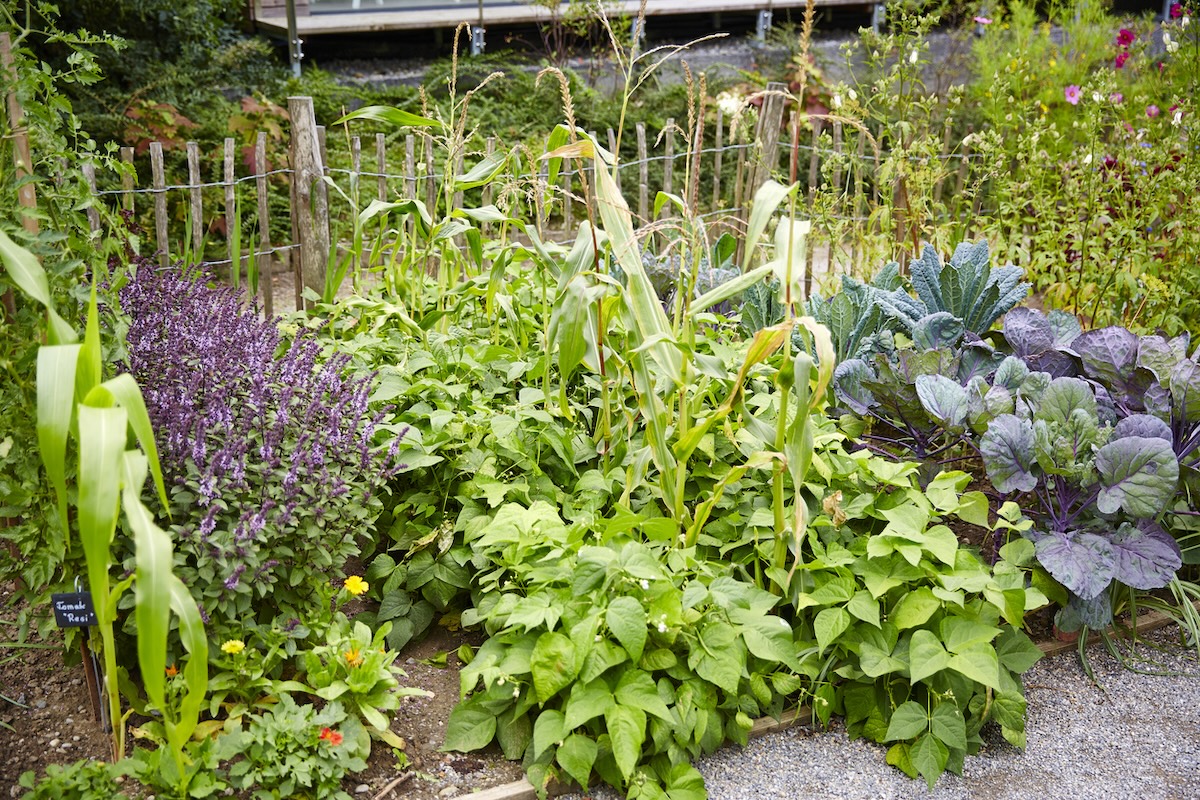

We may earn revenue from the products available on this page and participate in affiliate programs. Learn More ›
Though we may already be blowing up the kiddie pool to declare the start of summer, technically summer doesn’t arrive until the solstice around June 20. That means early June is still considered late spring by the horticultural crowd. And while many gardeners sow seeds in May, June can still be a fine time for planting both flowers and vegetables.
Planting another round of vegetable seeds now, a practice known as succession planting, extends summer veggie harvest well into the fall, or adds some variety. “June is a great time to replace harvested cool-season crops with warm-season crops,” says Eric Preston Stout, master gardener and landscaper with TeachMe.To. “These include heat-tolerant and bolt-resistant lettuces, melons, okra, peppers, sweet potatoes, pumpkins, radishes, New Zealand spinach, summer and winter squash, and tomatoes,” he says.
When choosing ornamentals, vegetables like peppers or tomatoes, herbs, and perennials for planting in summer, buy starts from a local nursery to increase the chances of flowers in June and fruits in July and August. Here are 19 plants you might put in the garden this month.
1. Tomato (Solanum lycopersicum)
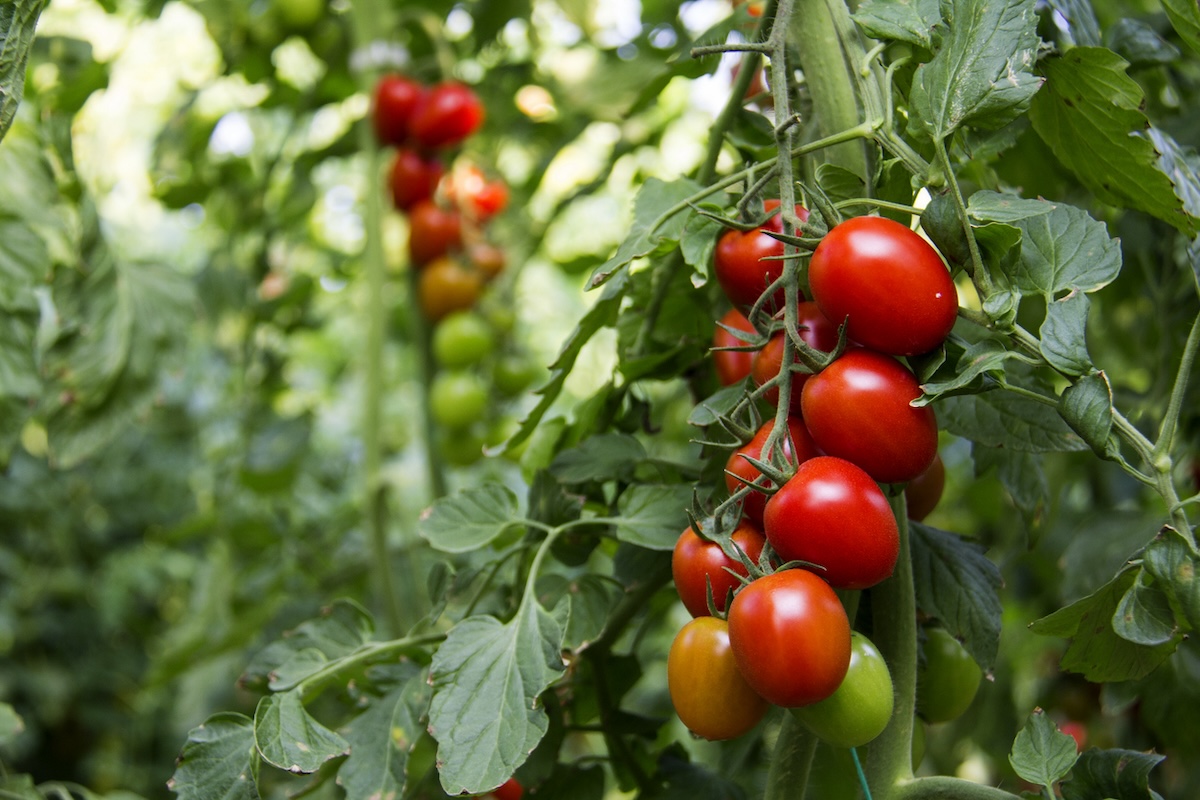
Of all the summer garden plants, few say “Summer is here!” like tomatoes. Tomatoes typically germinate from seed in about a week, so they can be sown directly in the ground in June. However, gardeners with a shorter growing season usually choose to plant starts (sold in 4-inch pots) that are widely available this time of year. Planting decent-size starts in June in temperate to cool zones will help speed up the timeline, meaning you could have tomatoes on your plate by mid-to-late July. Cherry tomatoes and smaller varieties of tomatoes tend to fruit faster.
Best For: Vegetable gardens, container gardens
USDA Hardiness Zones: Annual in zones 3 and higher
2. Corn (Zea mays)
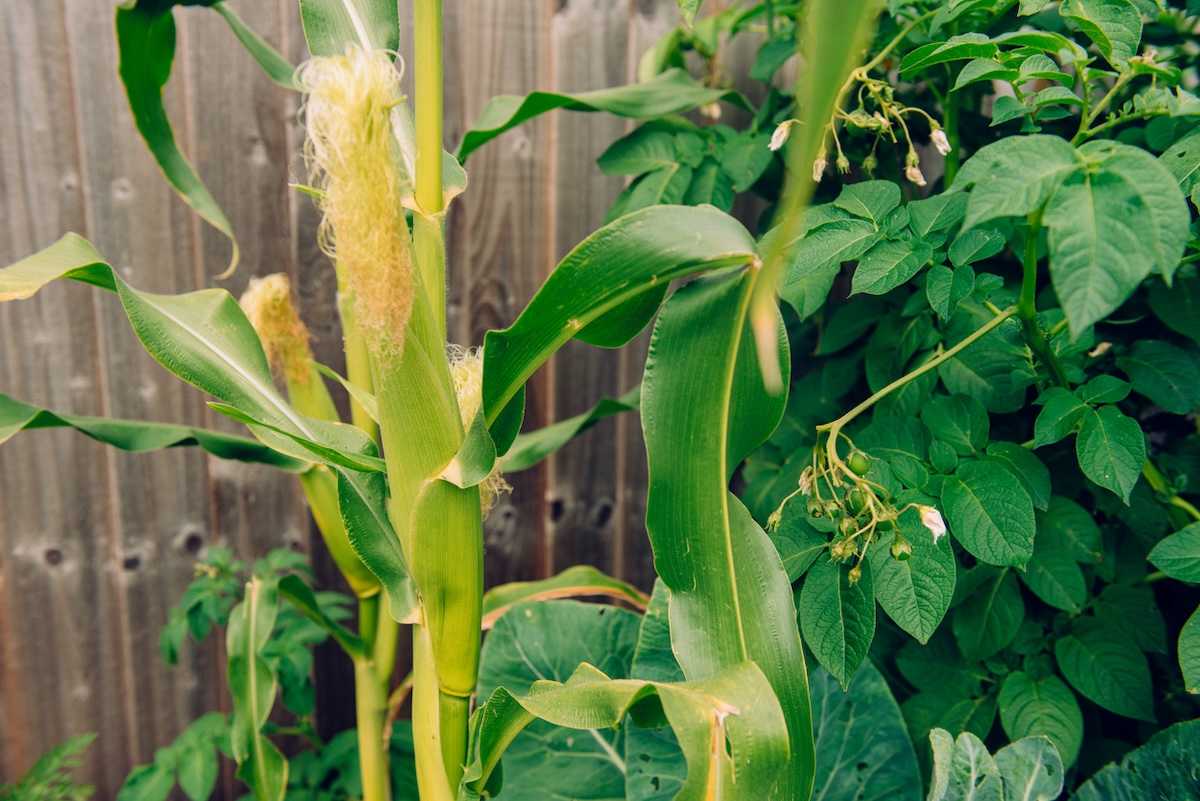
The old farmer’s adage for corn, “knee-high by the Fourth of July,” probably won’t happen if corn is sown in mid-June since it takes about a week to germinate. However, even if it’s a little smaller in July, many varieties will mature in 60 to 75 days and be ready to harvest in late summer, so the timing works for northern zones as a vegetable to plant in June. Look for corn that says “early,” such as Quickie or Northern Xtra Sweet. Grow corn by sowing it directly into the garden—it doesn’t appreciate being transplanted.
Best For: Vegetable gardens
USDA Hardiness Zones: Annual in zones 2 to 9
3. Pumpkin (Cucurbita sp.)
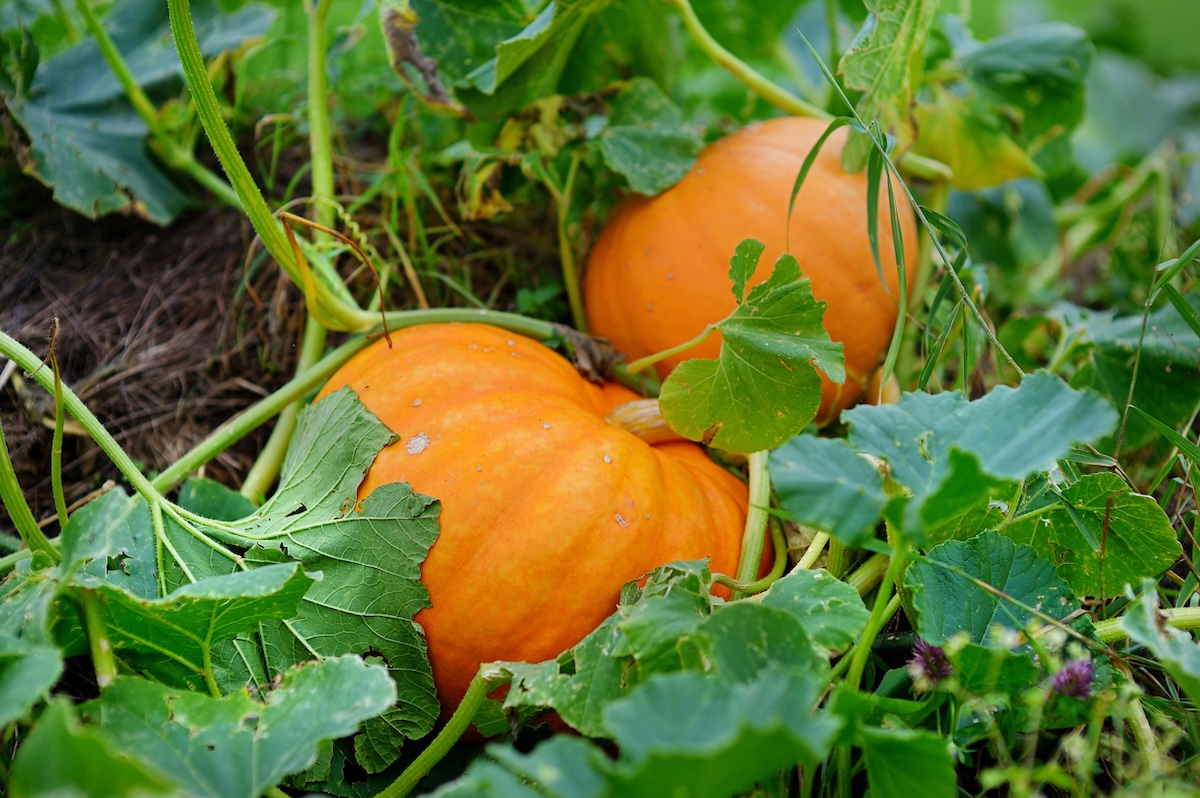
Although at maturity pumpkins can handle temperatures just above freezing, as little seedlings they need it warm. Pumpkin seeds won’t even germinate in cold soil temps, and they don’t like to be moved once germinated, so sow pumpkins directly in the garden between May and July to get a fall harvest. Many of the smaller fruiting varieties such as Jack-Be-Little, Baby Boo, and Connecticut Field require less time to maturity.
Best For: Vegetable gardens, vertical gardens
USDA Hardiness Zones: Annual best grown in zones 3 to 9
4. Zinnia (Zinnia elegans)
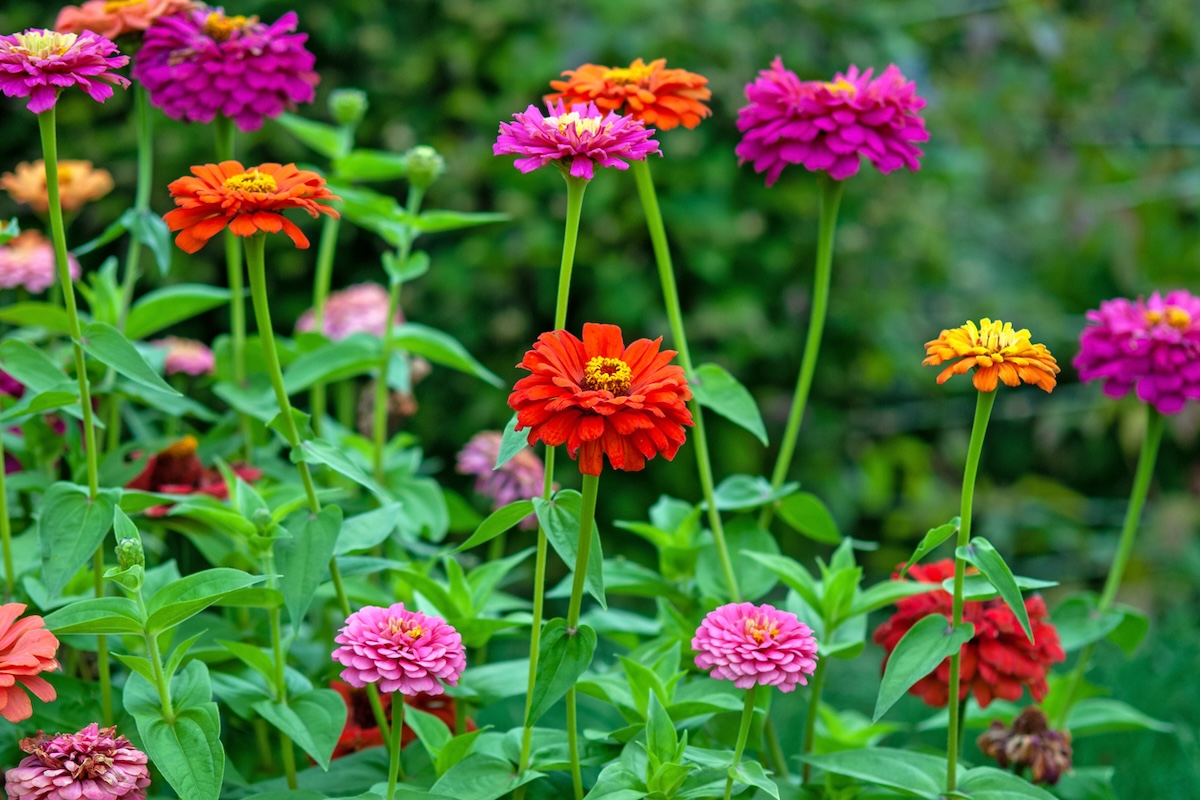
Zinnias grow surprisingly fast once they’ve germinated, and sowing these flowers in June will result in an abundant season of colorful flowers that last long both on the stem and in the vase. Be sure to give them enough sun (at least 6 hours a day) and don’t underestimate their height: Some of these June-flowering plants can grow as tall as 4 feet.
Best For: Cottage gardens, cutting gardens, flower beds, container gardens, pollinator gardens
USDA Hardiness Zones: Annual in zones 3 to 10
5. Rosemary (Rosmarinus officinalis)
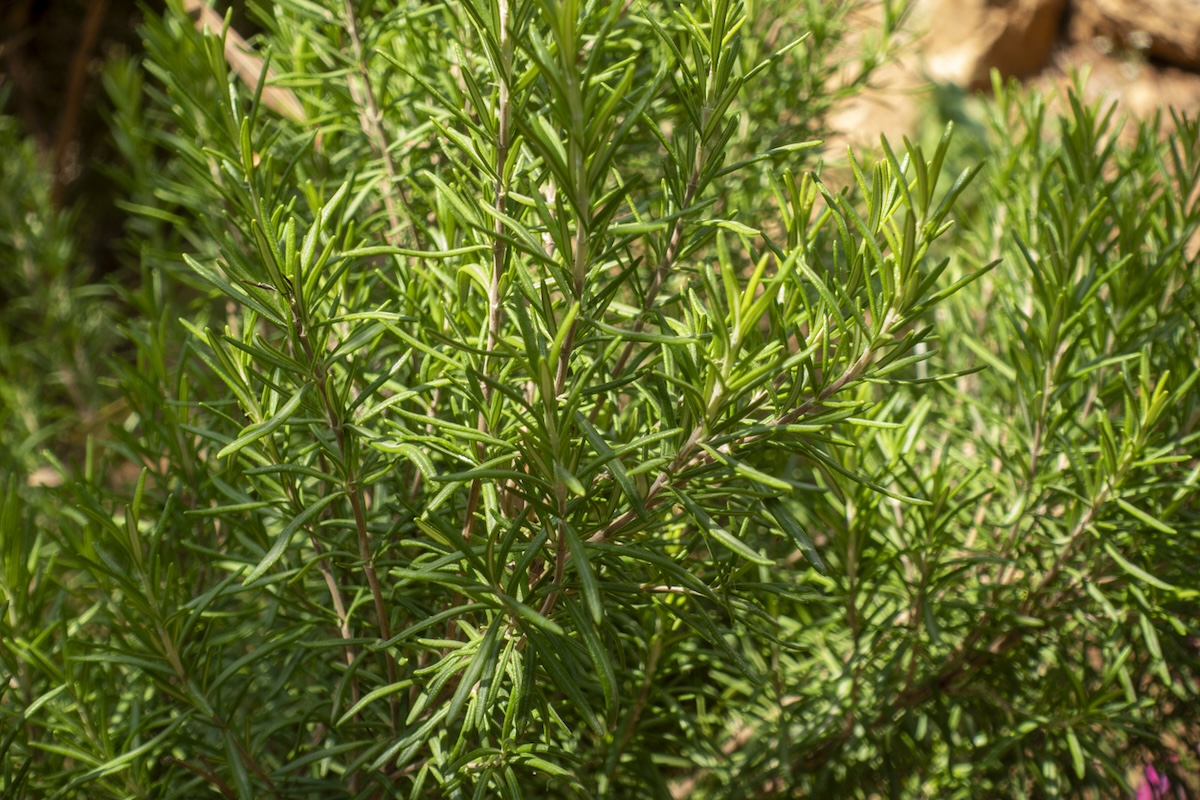
Rosemary is native to the Mediterranean so June’s consistently warmer days and nights make it an ideal month to plant the herb, either in the ground or in a container. Growing rosemary from seed can take 2 to 4 weeks to germinate, so skip sowing and go straight to the 4-inch nursery pot for an immediately harvestable culinary herb at your fingertips.
Best For: Herb beds, container gardens, cottage gardens
USDA Hardiness Zones: Hardy in zones 8 to 11; some varieties may survive in zones 7; annual herb everywhere else
6. Cilantro (Coriandrum sativum)

Plant cilantro with spicy peppers and tomatoes to grow a salsa garden. Cilantro will grow quickly in the summer, so plant it from seed or starts in June in temperate to cool zones. Cilantro tends to bolt and can get bitter after flowering, so keep it trimmed back through August, then allow it to flower and go to seed. The seeds of the cilantro plant are the spice coriander, which is easy to harvest.
Best For: Herb beds, container gardens
USDA Hardiness Zones: Annual in zones 3 to 11
7. Peppers (Capsicum sp.)
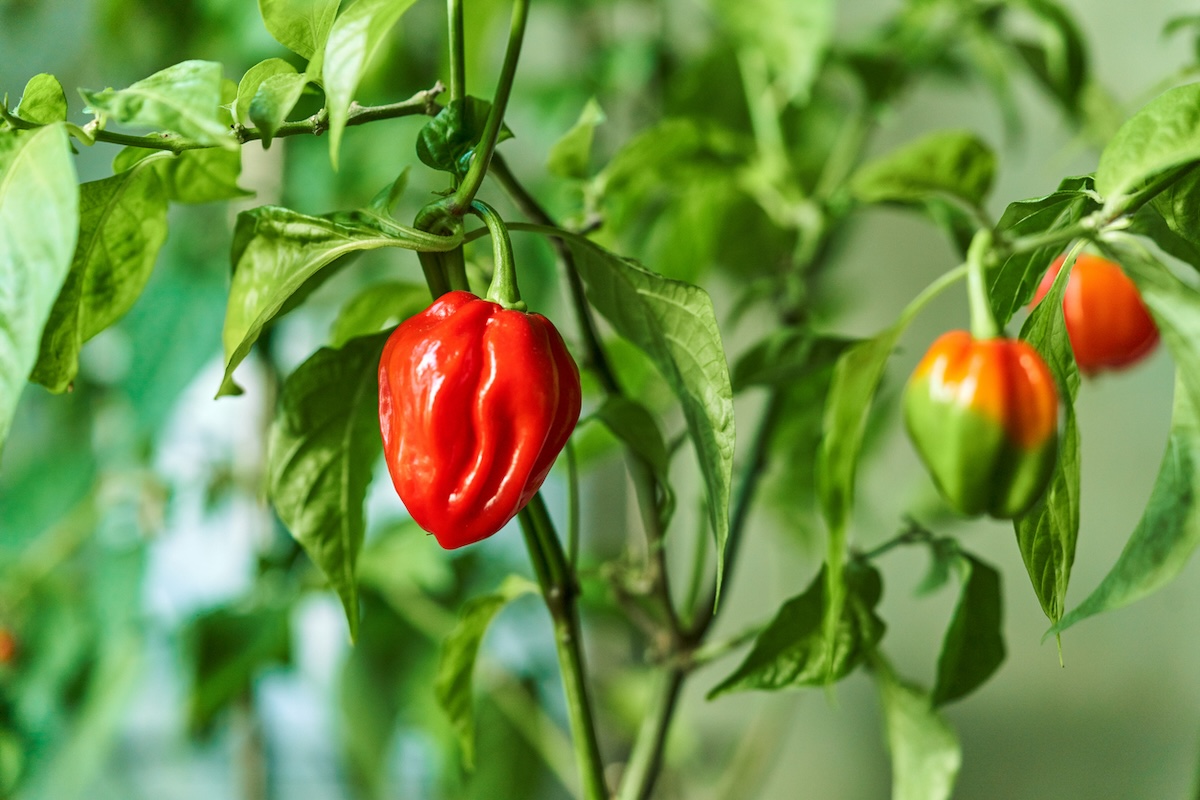
Peppers are in the same plant family as tomatoes (Solanaceae). Like tomatoes, they are heat-tolerant plants, so they’re an excellent pick if you’re still thinking about what to grow this month. If planting late in June, it is wise to grow peppers from nursery starts, since the plants can take as long as 3 weeks to germinate from seed. Once established, peppers are drought-tolerant vegetables, which makes them a good option for areas with hot, dry summers.
Best For: Vegetable gardens, container gardens
USDA Hardiness Zones: Annual in zones 3 to 9; can become perennial in warmer zones
8. Zucchini (Cucurbita pepo subsp. pepo Zucchini)
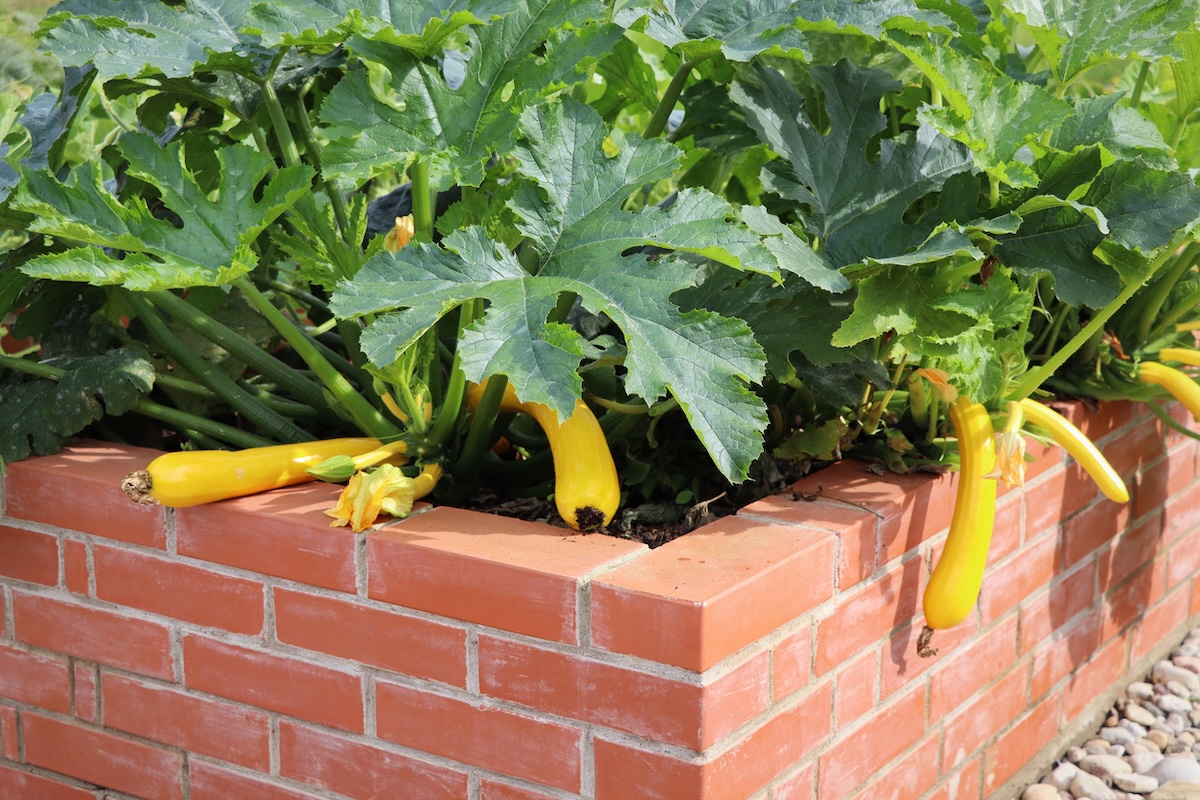
There’s a joke that if you see someone in the grocery store buying zucchini in the summer, feel bad for them because they have no friends. This is because a zucchini plant is one of the easiest vegetables to grow and a single plant often yields more than enough for an entire household in a growing season, so zucchini becomes a crop that is shared with friends and neighbors. Like their pumpkin cousins, zucchinis prefer to grow where they sprout and don’t always do well with transplanting, plus they are quick to germinate and grow quickly in warm soil, a good combo for vegetables to plant in summer. Zucchini is a great companion plant for peas, dill, and a number of other favorites you’re probably growing anyway.
Best For: Vegetable gardens
USDA Hardiness Zones: Annual in zones 3 to 11
9. Lavender (Lavendula sp.)

Another Mediterranean native, fragrant lavenders of all varieties are pretty companions to other sun-loving shrubs. Lavender flowers in June and blooms can last or reappear (with pruning) far into the autumn. Because germination can take up to 3 weeks, growing lavender is quicker if you plant rather than sow it; opt for a 4-inch or 1-gallon nursery pot to get the most out of the flowers in June. In areas where lavender won’t survive the winter, plant as a pollinator attractant and harvest the stems and flowers before the cold sets in.
Best For: Cottage gardens, cutting gardens, pollinator gardens, landscape beds, borders, herb beds
USDA Hardiness Zones: Hardy in zones 5 to 10, depending on variety
10. Cup and Saucer Vine (Cobaea scandens)
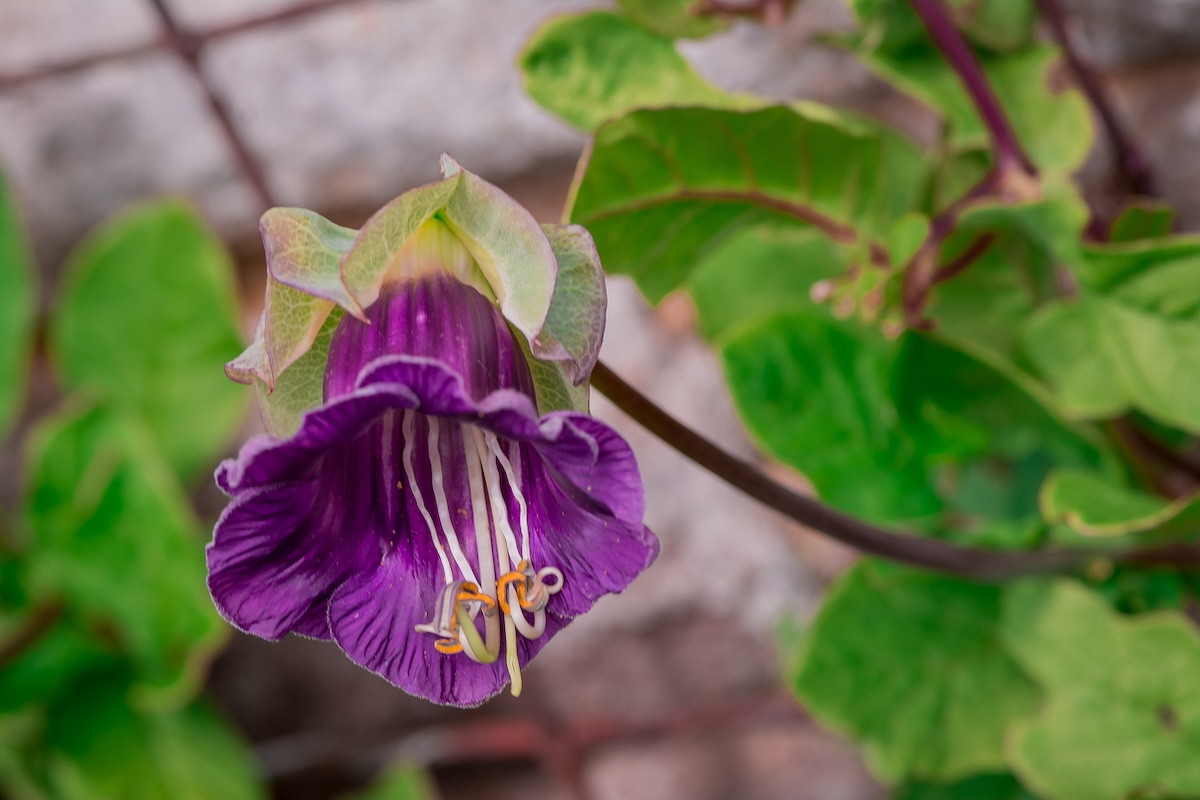
A tropical vine with stunning bell-like flowers that look like little cups sitting on saucers, this plant is grown as an annual everywhere but USDA zones 9 and higher. These can be sown outside in May and June. Germination won’t happen for about 2 weeks, but don’t give up on this glorious vine—it’s a fast grower and can stretch to 20 feet or more in a season.
Best For: Trellises, fences, arbors, container gardens, cottage gardens, vertical gardens
USDA Hardiness Zones: Hardy in 9 to 11; annual in others
11. Green Beans (Phaseolus vulgaris)

Although fast-growing green beans can be planted in May, they start producing in less than 2 months so planting another crop in June will extend your bean harvest into the late summer. Sow the summer plants directly from seed as beans tend to germinate within a week in warmer soil temperatures. Unless you’re growing a bush bean variety, beans will require the support of a trellis.
Best For: Vegetable gardens, vertical gardens
USDA Hardiness Zones: Annual in zones 2 to 11
12. Carrot (Daucus carota subsp. sativus)

Although in many climates it’s typical to grow carrots in the garden earlier in the spring, sowing carrot seeds every 2 weeks —rather than planting an entire seed packet at once—will give you an ongoing, abundant crop. Carrots aren’t big fans of heat, so in areas with very hot summers, keep them in partial shade or give them a break in July and much of August, then start seeding again in late summer to extend into the fall.
Best For: Vegetable gardens
USDA Hardiness Zones: Annual in zones 4 to 11
13. Watermelon (Citrullus lanatus)
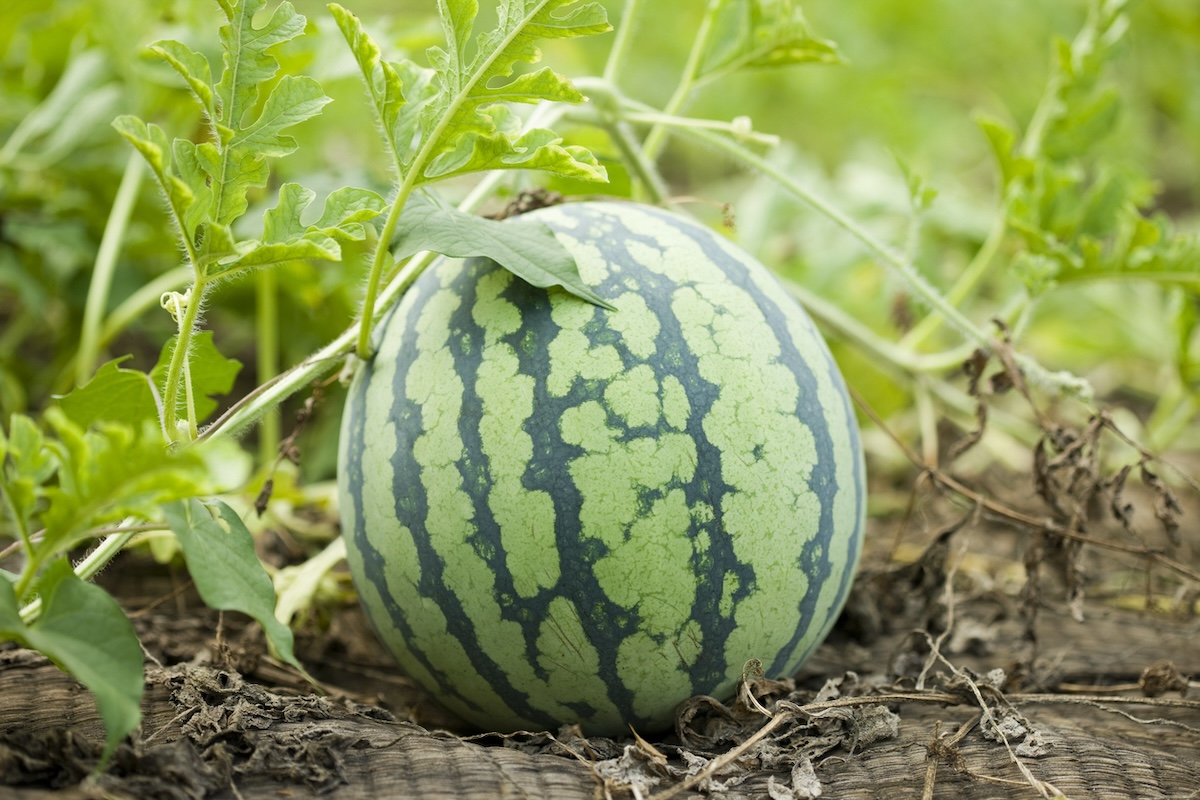
Watermelon can be grown directly from seed once soil temperatures are 65 degrees Fahrenheit or above, which for many climates includes June. Watermelon seeds germinate in 4 to 12 days but mature to fruits after a range of 65 to 100 days, so when planting in June look for those varieties that mature faster. Use straw mulch around watermelons to help the soil around the water-loving melons stay moist.
Best For: Vegetable gardens, vertical gardens
USDA Hardiness Zones: Annual in zones 3 to 11 but does best where summers are hot
14. Basil (Ocimum basilicum)
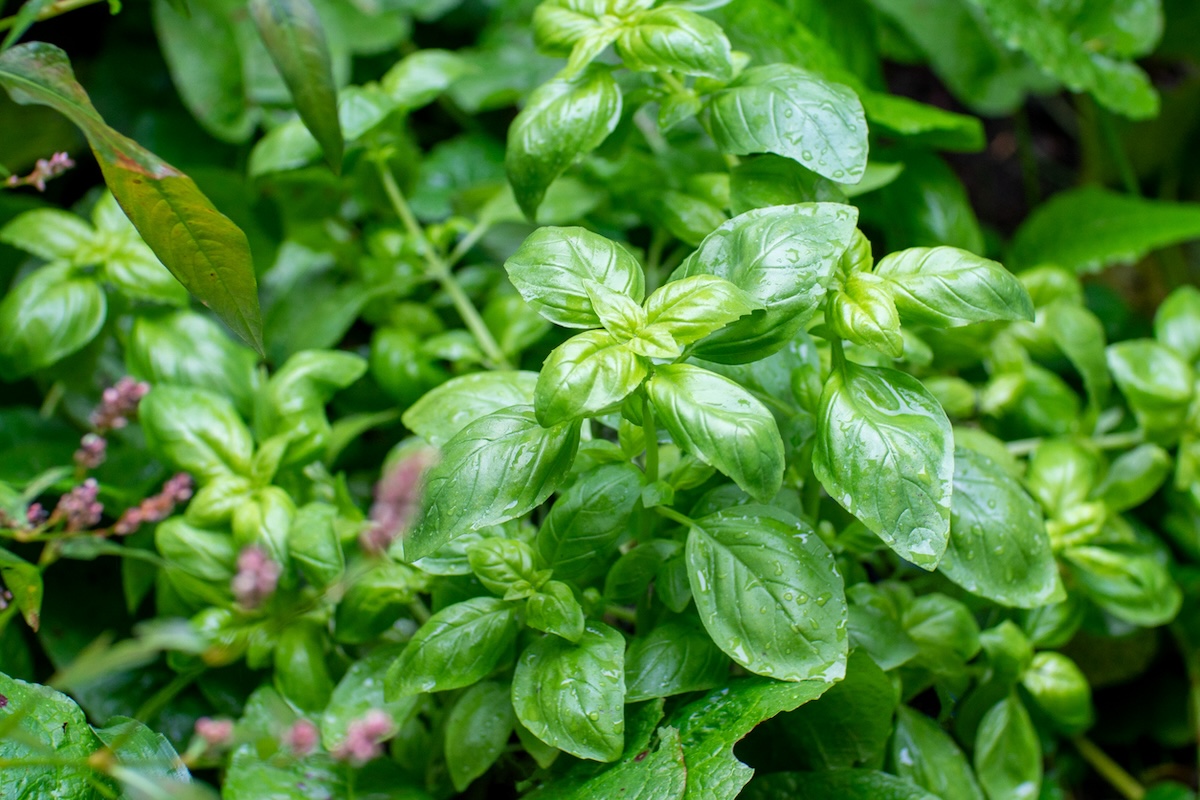
Basil loves warm temperatures and germinates from seeds in as little as 7 days, making it perfectly acceptable to sow seeds directly into the garden in June. Be sure to pinch off basil flowers to ensure a bushier plant with more harvestable leaves, though bees do love basil, so allowing a few flowers in June can help attract vital pollinators to the garden.
Best For: Container gardens, herb beds, pollinator gardens
USDA Hardiness Zones: Annual in zones 2 to 11
15. Marigolds (Tagetes sp.)

Marigolds tend to have a long bloom time, often flowering well into the fall. The forgiving plant is tolerant of many growing conditions. To grow marigolds, sow seeds directly in June or opt for nursery starts, which are typically abundant this time of year. Marigolds naturally repel pests and can be grown as companion plants; they are of particular benefit to tomato plants. Researchers have found that the substance limonene in marigolds repels tomato white flies, according to a study published through PLOS One.
Best For: Companion planting in vegetable gardens, dry zones, novice gardeners
USDA Hardiness Zones: Annual in zones 2 to 11
16. Sage (Salvia officinalis)
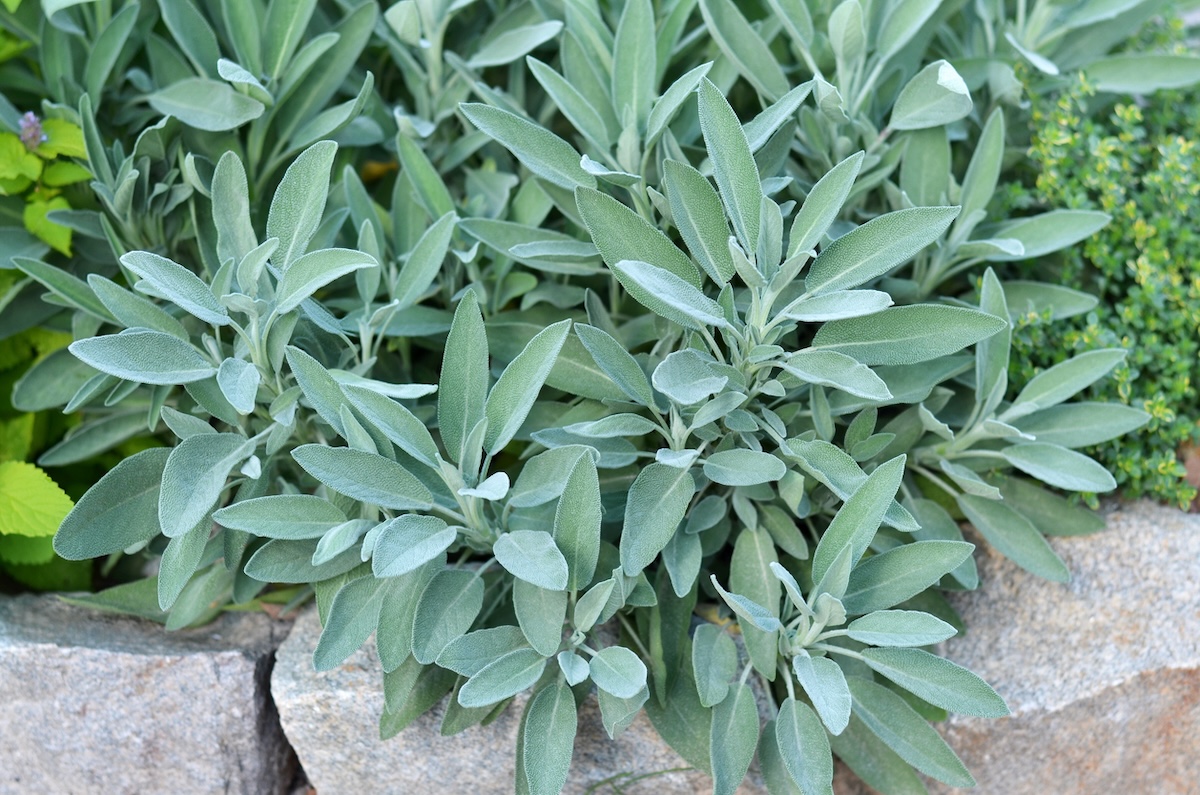
Praised for its culinary uses, this member of the mint family is a hardy perennial herb in many climates and loves warm, sunny locations. While June is a wonderful month for growing sage, it won’t always flower its first year in the ground. Plant sage from nursery starts, which are often at least 2 years old, to increase your chances for flowers in June, and throughout the summer.
Best For: Culinary gardens, herb beds, ornamental gardens, pollinator gardens, container gardens
USDA Hardiness Zones: Zones 5 to 10
17. Astilbe (Astilbe sp.)
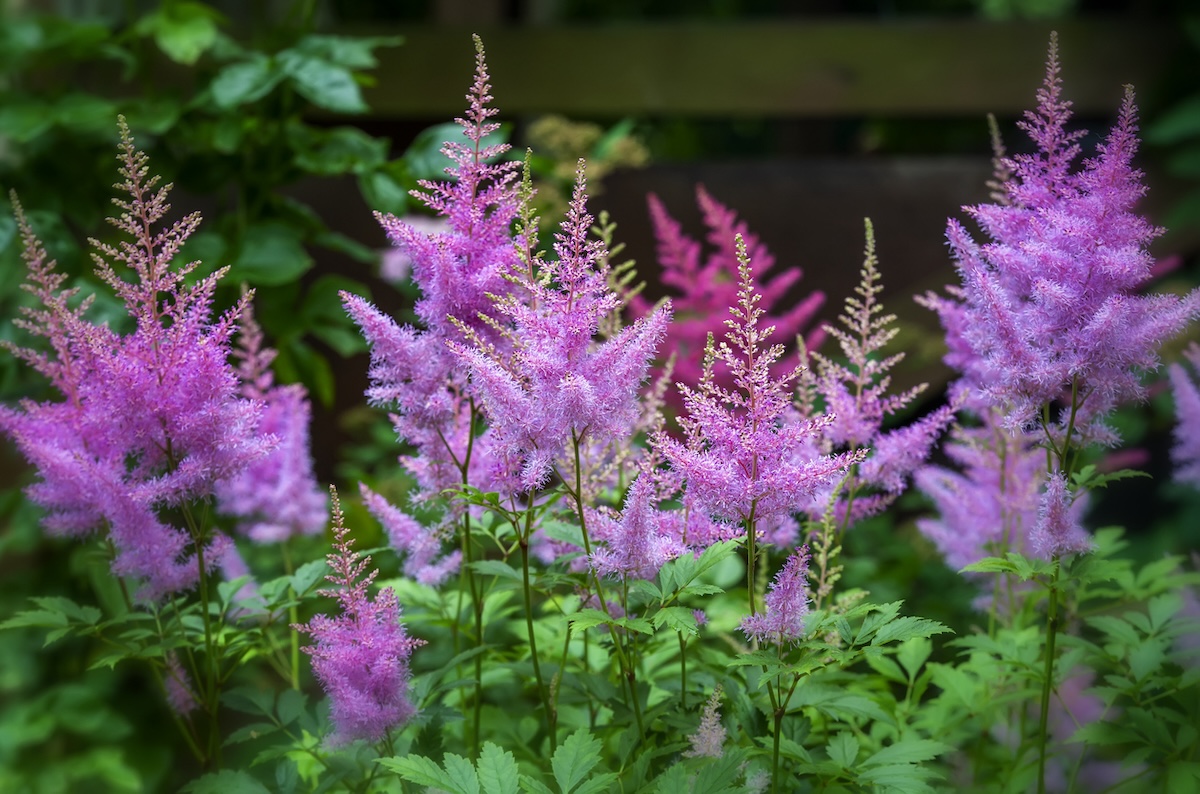
While many of the plants on this list are sun worshippers, the beautiful astilbe, also known as false spirea or goat’s beard, thrives in the shade and often is already starting to show its feathery flowers in June. Look for 1-gallon plants to put in a shady (or partially shady) spot in the garden or full sun in areas with cool summers. June is the last month to plant astilbe before the fall, and nurseries often mark the plant down by early June, making it a great time to snap up several to plant together.
Best For: Shady borders, woodland gardens, container gardens, cottage gardens, pollinator gardens
USDA Hardiness Zones: Zones 3 to 8, depending on variety
18. Petunia (Petunia x hybrida)
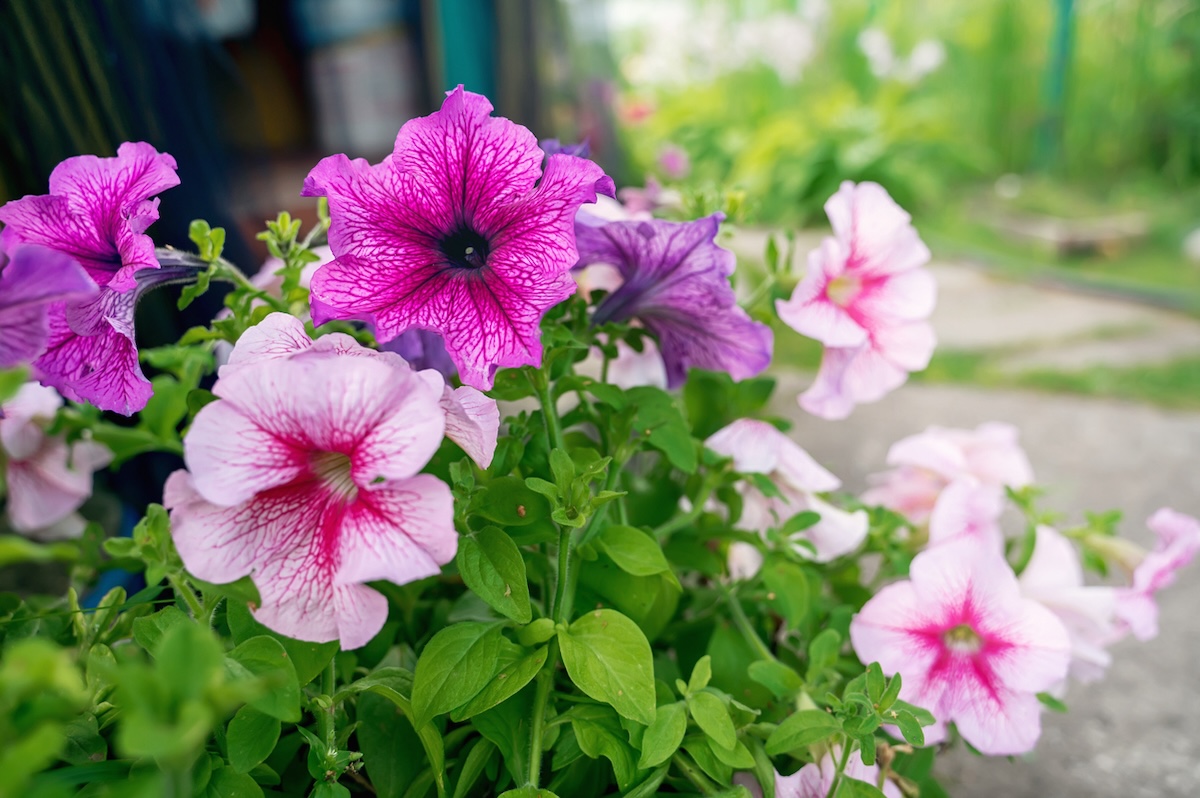
Plant these showy annuals in June and by the time you’re doing your August planting, they’ll be cascading from pots and hanging baskets, offering a colorful display of velvety flowers. Petunia can be found in nearly every color of the rainbow as well as black and white. Hybrids are ever-evolving to be showier, with flowers that can be single, double, miniature, or enormous. There’s another reason to plant petunias in June: They can help deter some pests that eat veggies and other flowers.
Best For: Cottage garden, container gardens, hanging baskets
USDA Hardiness Zones: Zones 3 to 11
19. Sweet Potato Vine (Ipomoea x batatas)
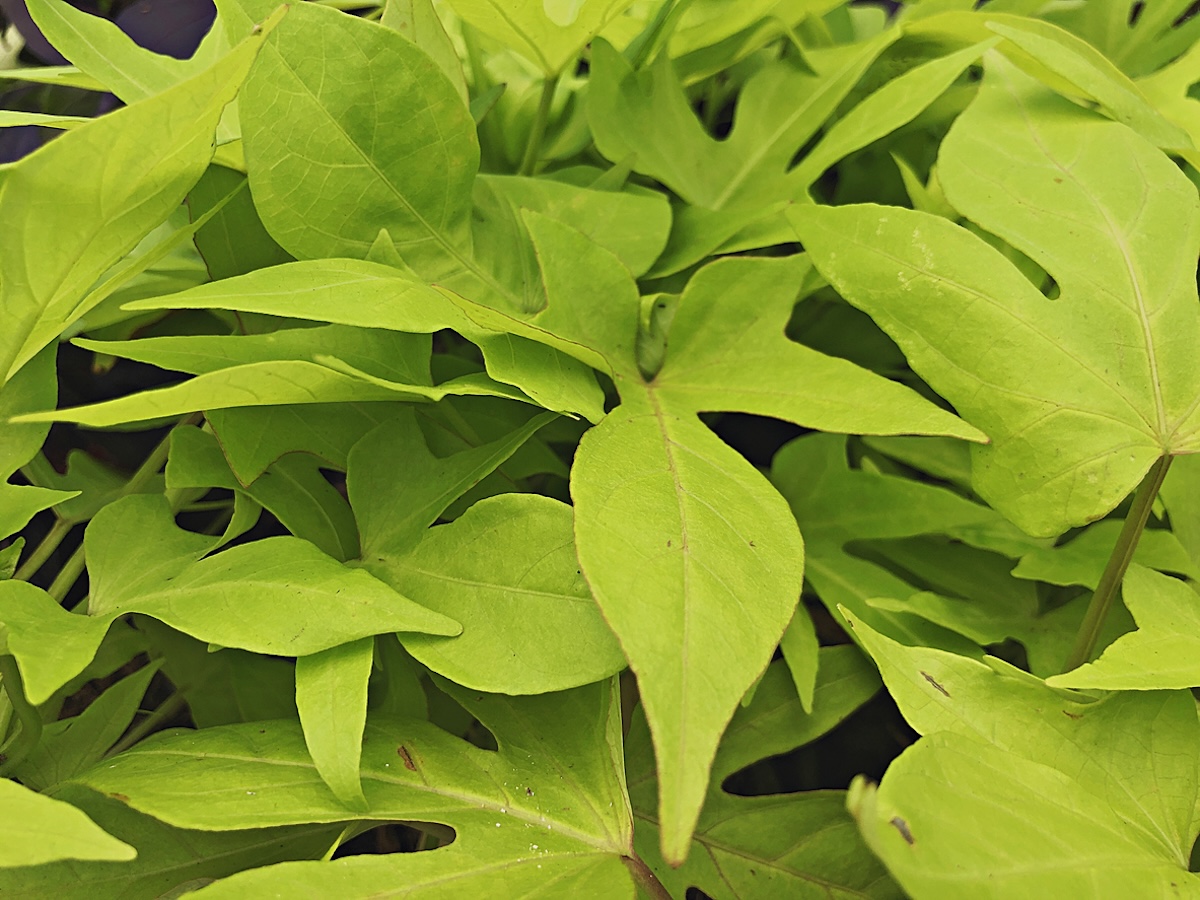
A fast-growing vine typically treated as an annual plant, the ornamental sweet potato vine can be deep purple or bright chartreuse, bringing texture and dimension to a flower pot or hanging basket. They grow small, purple flowers and thrive in areas with humid summers. Sweet potato vines are grown from tubers so pick up a 6-pack or 4-inch pot for your hanging baskets—no need to go bigger, as they grow fast and will quickly cascade across windowsills and annual beds.
Best For: Hanging baskets, container gardens, annual beds
USDA Hardiness Zones: Zones 9 to 11; grown as an annual everywhere else
